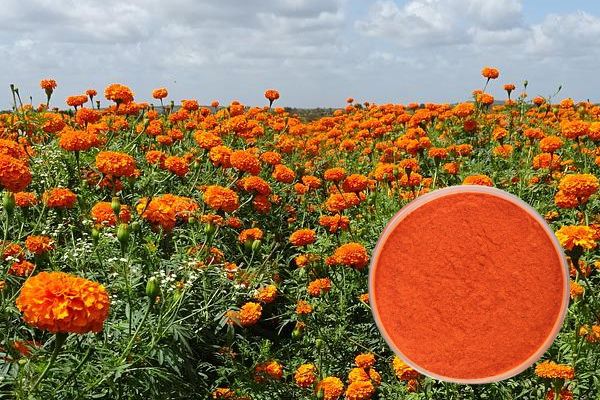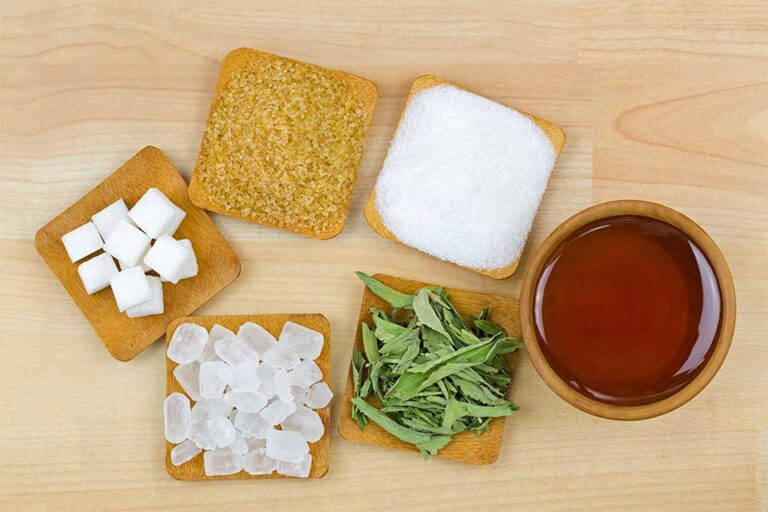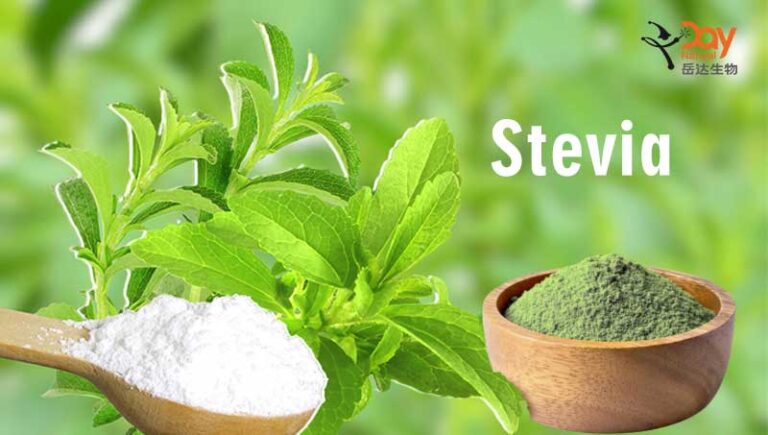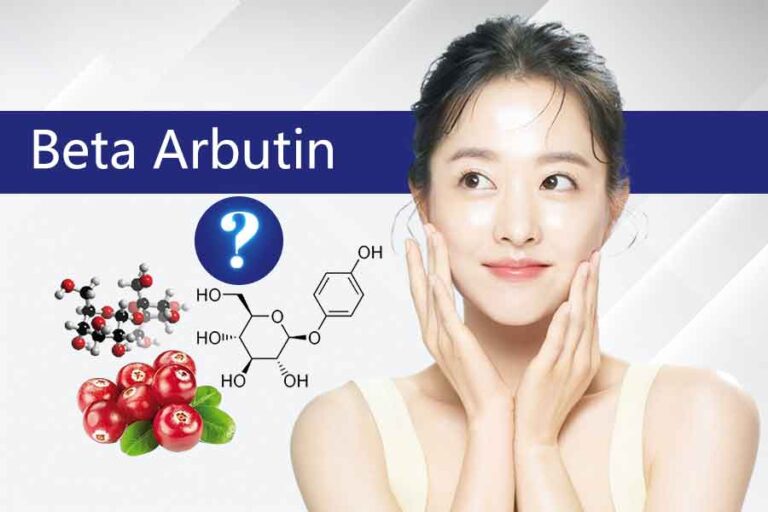What is the application of lutein in food industry?
Lutein belongs to carotenoids and is a natural pigment widely found in vegetables, fruits, flowers and other organisms. It is especially found in marigolds. It is orange-red or orange-yellow in color, and its main components are lutein and zeaxanthin.
1. Physicochemical properties and sources of lutein
Lutein has a molecular formula of C40H56O2 and a relative molecular mass of 568.87. Lutein is an orange-yellow powder, a slurry or yellow-brown liquid, with a weak hay-like smell, insoluble in water, soluble in propanol, methanol, isopropanol and dichloroethane, and has good heat resistance.
Lutein is widely found in green vegetables. Among them, marigold has the highest lutein content. According to the provisions of “GB 26405-2011 National Food Safety Standard Food Additive Lutein”, the food additive lutein comes from marigold.
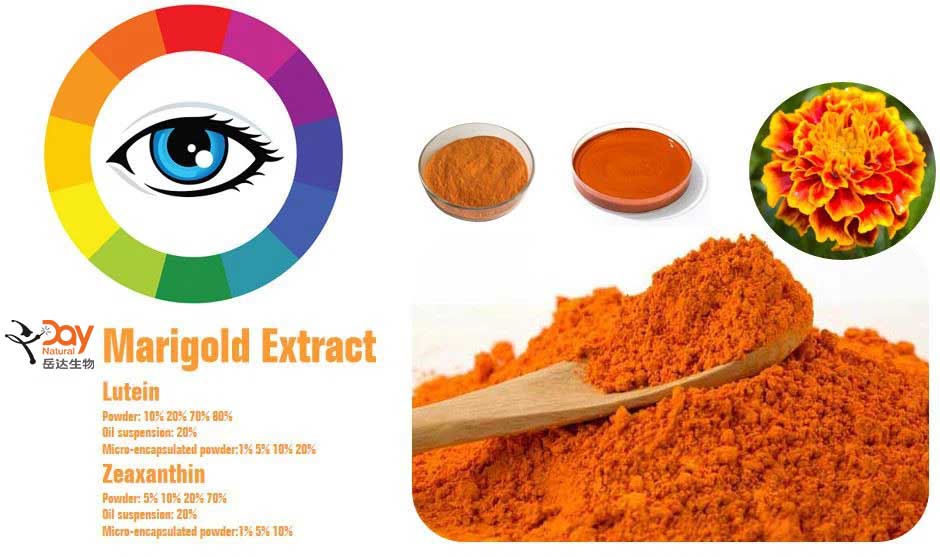
2. Functions and Applications of Lutein
2.1 Function of Lutein
2.1.1. Coloring function
Lutein has a good coloring effect because of its bright yellow color. It is insoluble in water but soluble in oil and ethanol. It has strong coloring power and is resistant to light, heat, acid and alkali. It can be widely used in cakes, candies, beverages, rice and flour products. It can also be used for the coloring of health products, tablet coatings and capsules.
2.1.2. Protect eyesight
Recent studies have shown that lutein and zeaxanthin can prevent light damage to the retina of the eye. There are two mechanisms for this.
(1) Lutein can filter high-energy visible blue light. Experiments have shown that reducing blue light by 40% can greatly reduce the number of free radicals on the retina.
(2) Lutein, as an antioxidant, can reduce the oxidative effects of light on the eyes and control the formation of reactive oxygen species and free radicals.
2.1.3. Antioxidant function
Lutein, as a carotenoid, contains multiple unsaturated double bonds and has a strong free radical scavenging effect, which can have antioxidant and anti-aging effects.
2.2. Functions and applications of lutein
2.2.1. Application of Lutein in New Resource Food Processing
Lutein is used as a colorant in beverages and jellies. When lutein is added to orange juice, milk-containing beverages, and carbonated beverages, the lutein retention rate is above 90% after six months of storage.
2.2.2. Lutein esters protect the skin
There is evidence that long-term exposure to ultraviolet light will consume a large amount of carotene (including lutein) in the skin. Skin exposed to UVA and UVB will cause cell-mediated inflammatory reactions due to the presence of reactive oxygen, leading to erythema and swelling, which affects the appearance. In severe cases, it may even induce skin cancer. Experiments have shown that lutein can play a protective role. The main mechanism is the absorption of blue light in ultraviolet light, and it can also scavenge free radicals, so it can reduce the damage of ultraviolet light to the skin and protect the skin.
2.2.3. Effect of Lutein Esters on Poultry Colorants
Natural lutein esters have multiple carbon-carbon double bond chromophores, showing bright colors. Lutein esters with different contents have obvious color differences, ranging from light yellow to red. In addition, compared with free lutein, lutein esters do not have active groups at both ends, namely hydroxyl groups, which determines that lutein esters can be used as stable colorants.
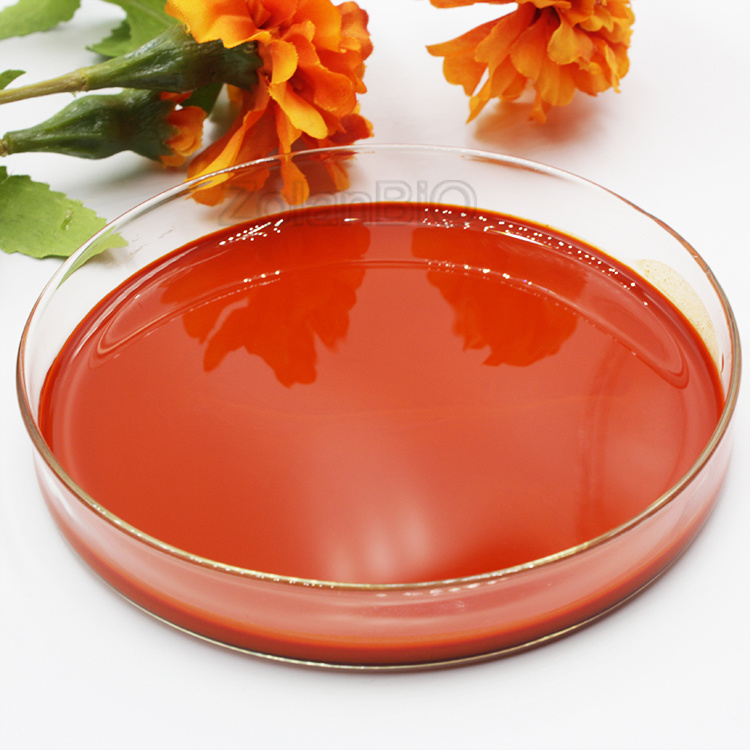
3. Market expectation
Lutein and zeaxanthin have been very active in the past five years. There are already many categories of products using lutein on the market. The main driving factor of the lutein market is the concern of consumers about age-related diseases such as macular degeneration. However, more new studies show that lutein has applications in other health areas, such as brain health, sports nutrition, skin health and sleep management. These new findings will attract more attention from different groups of consumers to this raw material.

